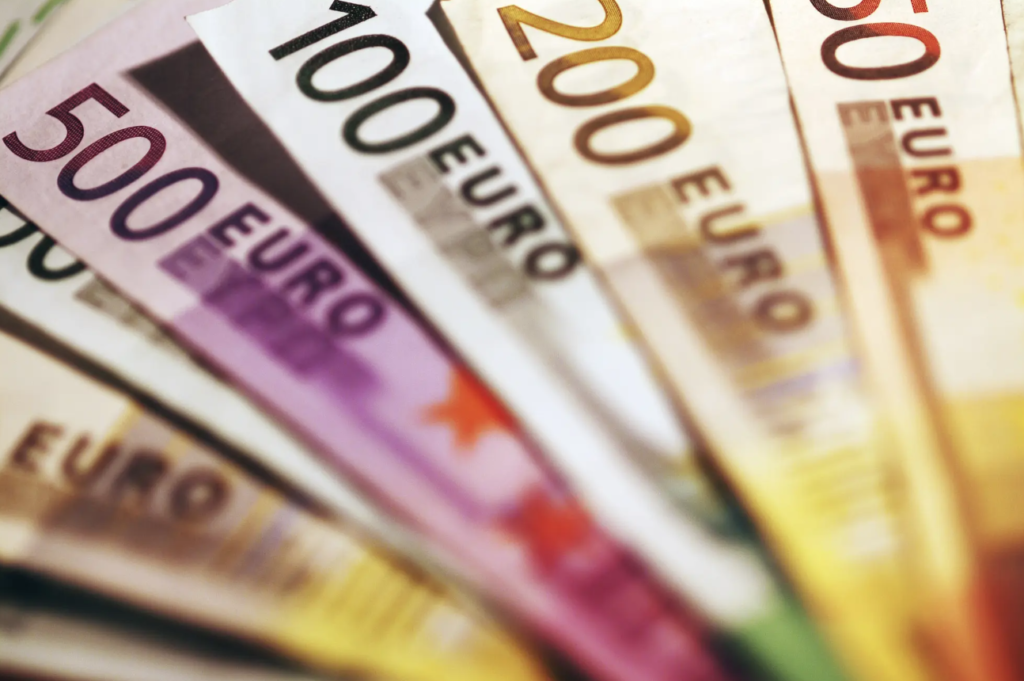New intervention on Community rules on State aid. After the temporary crisis framework adopted in March of last year (and amended several times in response to war and expensive energy), the European Commission is back to relax the rules on national subsidies to the green industry. And it does so with the new temporary Crisis and Transition framework that extends, and partially modifies, the extraordinary concessions already implemented in 2022.
“State aid rules, and in particular the temporary crisis framework, have helped Member States cushion the impact of the current crisis in Europe,” explained Margrethe Vestager, Executive Vice-President and Commissioner for Competition. “The framework adopted today gives Member States the opportunity to grant State aid quickly, clearly and predictably. Our rules allow us to accelerate investments to zero net emissions in this difficult situation, while at the same time safeguarding the level playing field in the single market and the cohesion objectives. The new rules are proportionate, targeted and temporary”.
The intervention extends the possibility for EU countries to support the necessary measures for the transition to a green industry. This applies in particular to schemes designed to accelerate the spread of renewable energy, energy storage and those for the decarbonisation of production processes.
But above all it introduces new measures, applicable until 31 December 2025, to further accelerate investment in the manufacture of strategic equipment, such as batteries, solar panels, wind turbines, heat pumps, electrolysers and devices for carbon capture and storage, as well as key components and for the production and recycling of critical raw materials necessary for the ecological transition. In detail, governments can devise “simple and effective schemes”, providing aid up to a certain percentage of the costs and nominal amounts, depending on the location of the investment and the size of the beneficiary. SMEs and enterprises in disadvantaged regions will have access to more support.
In exceptional cases where there is a real risk of investment being taken away from Europe, Member States will be able to provide more support to individual farms. “In such situations – the EU commission explains – it will be possible to distribute the amount of the aid that the beneficiary could obtain for an equivalent investment in such alternative location (the so-called “alignment of the aid”) or the amount necessary to incentivise the firm to locate the investment in the EEA (the so-called “funding gap), if lower”.
This possibility applies only to: investments in assisted areas as defined in the applicable regional aid map; cross-border investment involving projects located in at least three Member States when a significant part of the total investment takes place in at least two assisted areas, one of which is an “a” zone (outermost regions or regions whose GDP per capita is less than or equal to 75 % of the EU average). In addition, the beneficiary should use state-of-the-art production technologies from the point of view of environmental emissions and the aid should not involve the relocation of investments between Member States.

